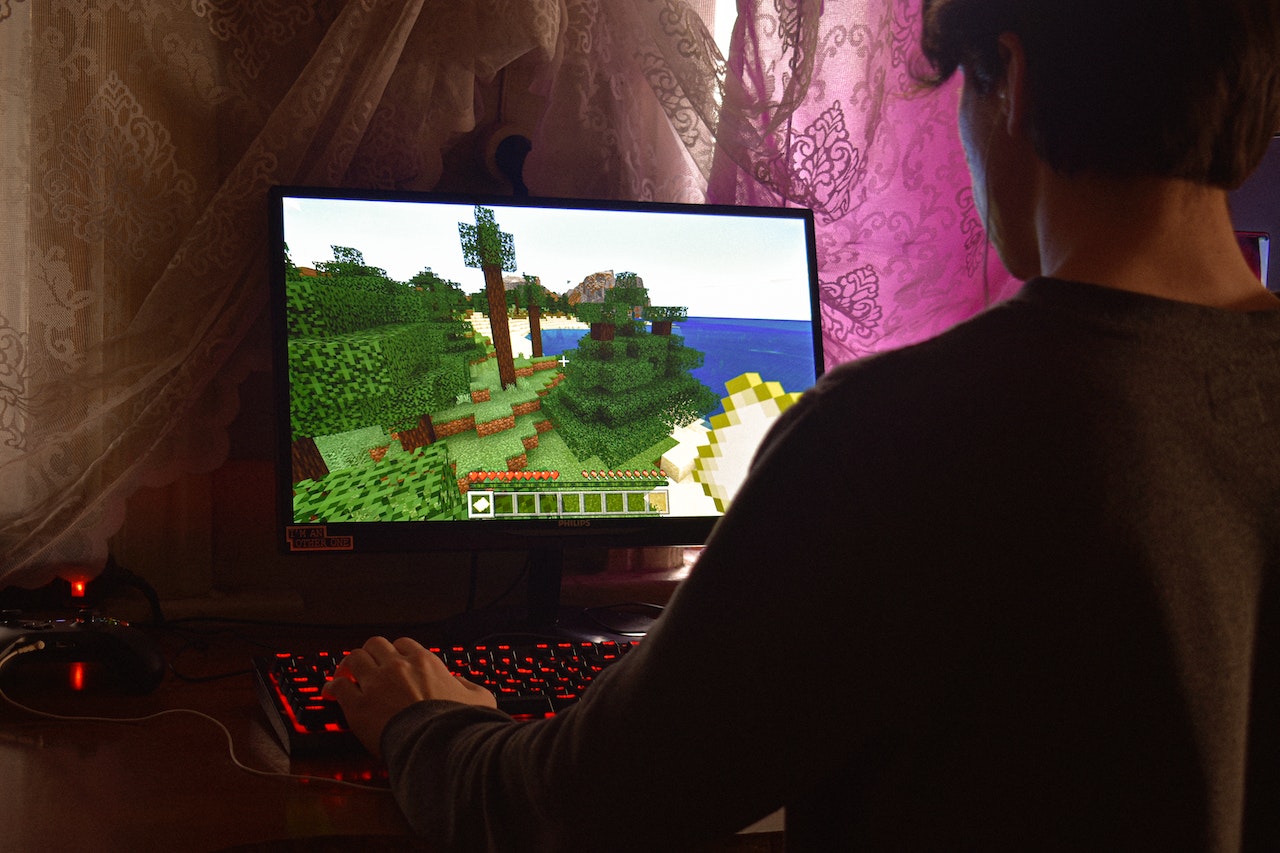Art Photography in Video Games

The artwork of computer games is becoming more and more realistic. This has created a new breed of artists: in-game photographers. You will find motifs in the games that not even the programmers knew about.
Martin Geisler only buys some computer games to “photograph” them. He explores the huge virtual world in search of motifs. It’s not about the mere screenshot, but about capturing moments of the game that no programmer has planned and no player has seen like this.
Geisler is a Professor of Media and Cultural Education in Jena and heads the Erfurt Institute for Computer Games “Spawnpoint”. For about five years, he has been experimenting with mixing his two hobbies, photography and playing. With in-game photography, this is possible.
According to Geisler, the prerequisite for this is more than one press of a button, a creative part of its own. “I try to stage sets or compose excerpts that a player doesn’t normally see.” Geisler succeeds in this, for example, via so-called cheats. These are small tricks and programs that allow the player to perform actions that were not originally intended. Geisler can use such cheats to change the camera perspective or prevent enemies from attacking his character. He often edits the pictures later.
The games themselves don’t have to be graphic masterpieces to encourage the search for motifs: “Minecraft is ugly,” says Sebastian Radtke, an in-game photographer. In Minecraft (especially when playing on the best Minecraft servers), the player assembles a world from blocks, which afterward looks like a kind of digital Lego. When taking in-game photography, it depends on which perspective you choose or where lines run. If you have the right view here, then pixels become a work of art, says Radtke. He likes to capture these works – and in turn creates art, as he thinks: “I want to express something with it.”
How much of it is art?
Geisler also believes that in-game photos can have artistic value: “If the photographer wants to send a message, tell a story. It can be about love, but also about environmental protection or drone wars.” At this high level, however, there are only a few dozen in-game photographers. He doesn’t count himself among them: “I’m more like a hobby photographer. I take pictures because I associate emotions with them.”
Eva Bertram, a lecturer at Berlin’s Neue Schule für Fotografie, considers an artistic claim to be absurd: “A photographer exposes himself to the environment and perhaps also to dangers. You can’t compare that to being in a virtual world.” She sees in-game photography as more of a hobby. “But other criteria apply to art, such as conception or contextualization, references to other artists, and the question: What kind of idea is behind the image?”
The artificiality of the game world is also a problem for Bertram. Images of toy figures, for example, could not touch them as much as the portraits of real photographers such as August Sander: “With Sander, you have the feeling that people immediately step out of the picture. This is not possible with in-game photographs. This is not a human face.” Against the emptiness behind the texture, even the best graphics do not help.
ALSO READ: Do-It-Yourself Sprinkler Photography
Who owns the gaming world?
Whether in-game photographers create something artistic with their works is also interesting for lawyers. Because the photographers use an artificial world that belongs to the game manufacturers and often publish their photos on the net, for example on the photo platform Flickr. “The companies can demand a cease-and-desist declaration and assert claims for damages,” explains Daniel Elgert, lawyer for copyright.
However, the game manufacturers do not necessarily have to be right: If the photographers bring in enough creativity, they create their own work – and get rights themselves. In addition, programming today is often automatic, says Elgert. “One wonders whether, for example, such a tree is a creative achievement at all.”
Copying is normal
Companies often let in-game photographers grant. “It’s also a nice advertisement for them,” says Elgert. “In addition, companies that issue warnings are hated. You’re not doing yourself any favors.” However, it is safer to clarify with the companies beforehand whether you can use their games.
Martin Lorber, a spokesman for Electronic Arts, recommends clarifying the rights in any case. Especially if you earn money with it, it can be problematic. “But basically, we are happy when people creatively engage with our games.”
Markus Wiemker is a Professor of Game Design at the Macromedia University of Media and Communication in Stuttgart. He has already worked on adventures and role-playing games himself and is happy when gamers artistically differentiate themselves with games: “In our industry, it is generally assumed that people copy. You always build on the existing, even if you invent a new game principle.”
Whether you see art or copies in in-game photography, it offers a new perspective on computer games. Geisler and Radke’s pictures show that the games can be more than just a means of killing time. They focus on the creative side of shooters, strategy, and role-playing games: they turn the art of designing a game into the art of impressively staging the designers’ creations. In music, there has long been a term for it: remix.



